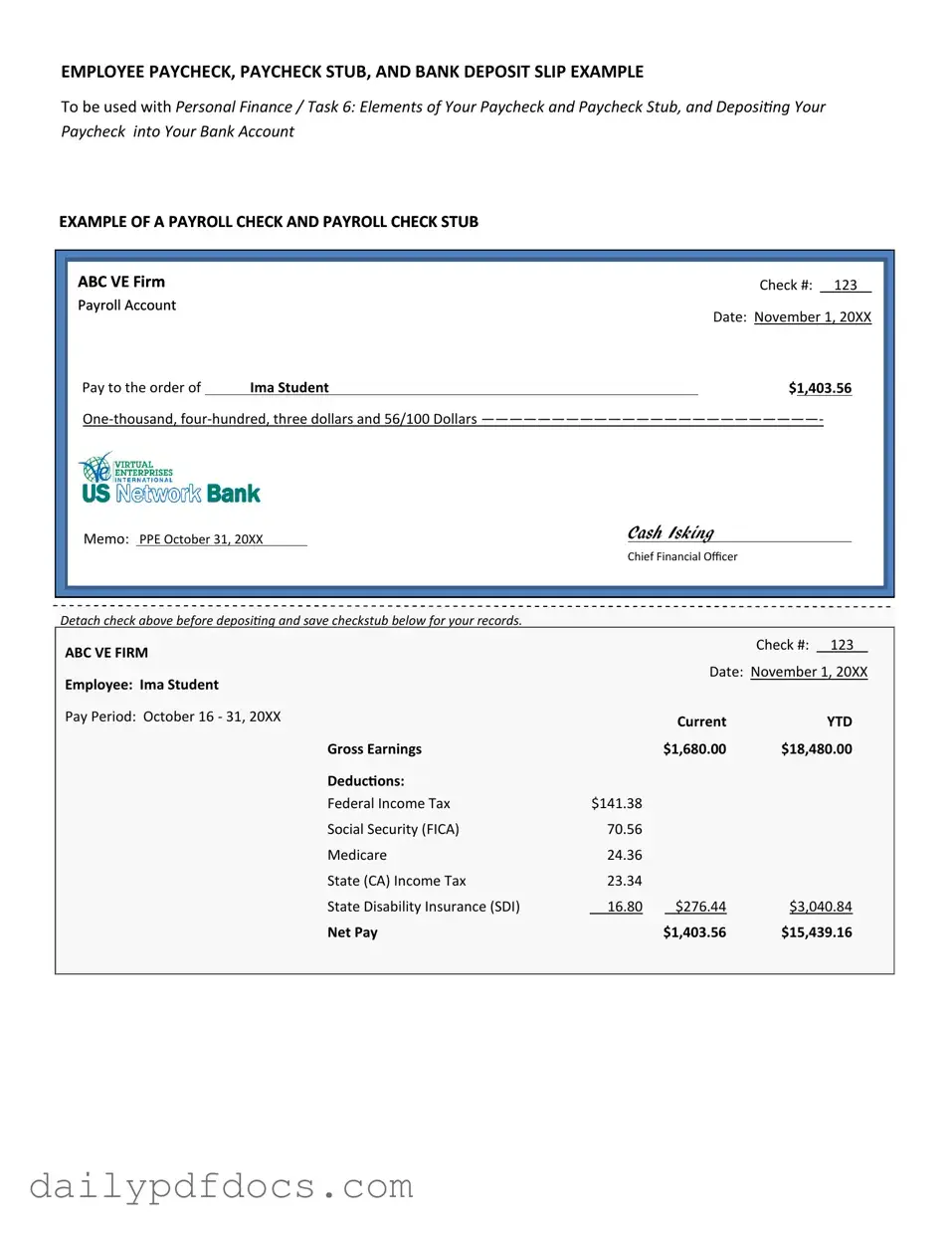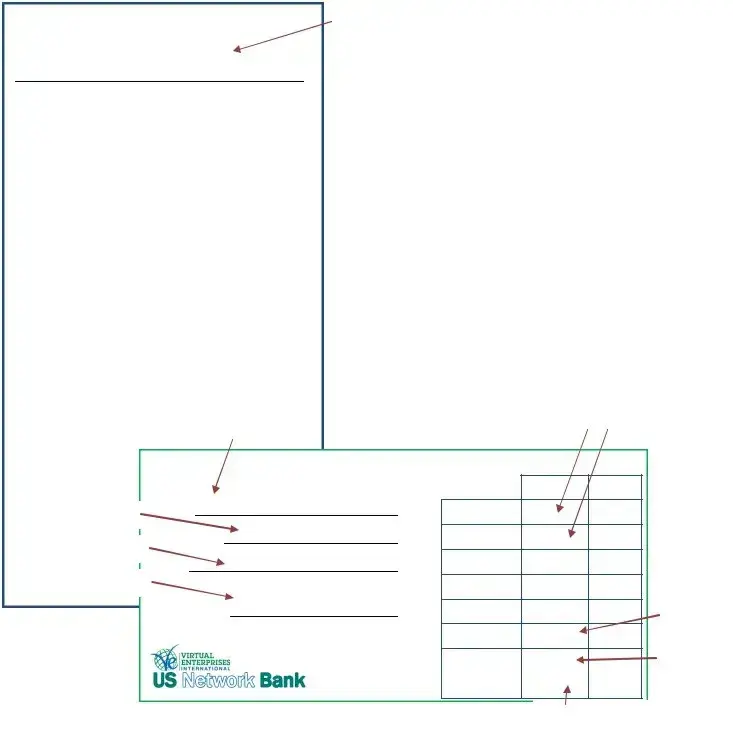What is a Payroll Check form?
A Payroll Check form is a document used by employers to issue payments to employees for their work. This form typically includes details such as the employee's name, pay period, gross pay, deductions, and net pay. It serves as a record of the transaction and ensures that employees receive their wages accurately and on time.
How do I fill out a Payroll Check form?
To complete a Payroll Check form, start by entering the employee's name and identification number. Next, specify the pay period for which the payment is being made. Then, list the gross pay amount before any deductions. After that, include any deductions such as taxes, benefits, or retirement contributions. Finally, calculate the net pay, which is the amount the employee will receive after deductions. Ensure that all information is accurate to avoid payment issues.
What information is required on the Payroll Check form?
The Payroll Check form requires several key pieces of information. This includes the employee's full name, identification number, and address. You must also indicate the pay period, gross pay, and any deductions. Additionally, the net pay amount must be clearly stated. Accurate details are essential for compliance with tax regulations and for maintaining clear records.
When should I issue a Payroll Check?
Payroll Checks should be issued according to the established pay schedule of your organization. Common pay periods include weekly, bi-weekly, or monthly. It is important to issue checks promptly to ensure that employees receive their wages on time. Late payments can lead to dissatisfaction and may violate labor laws, so adhering to the schedule is crucial.
What should I do if there is an error on the Payroll Check?
If an error is discovered on a Payroll Check, it is important to address it immediately. First, notify the employee about the mistake. Then, correct the error by issuing a new check or adjusting the next payroll. Keep records of all corrections made to ensure transparency and compliance. Timely communication and resolution are key to maintaining trust with employees.


